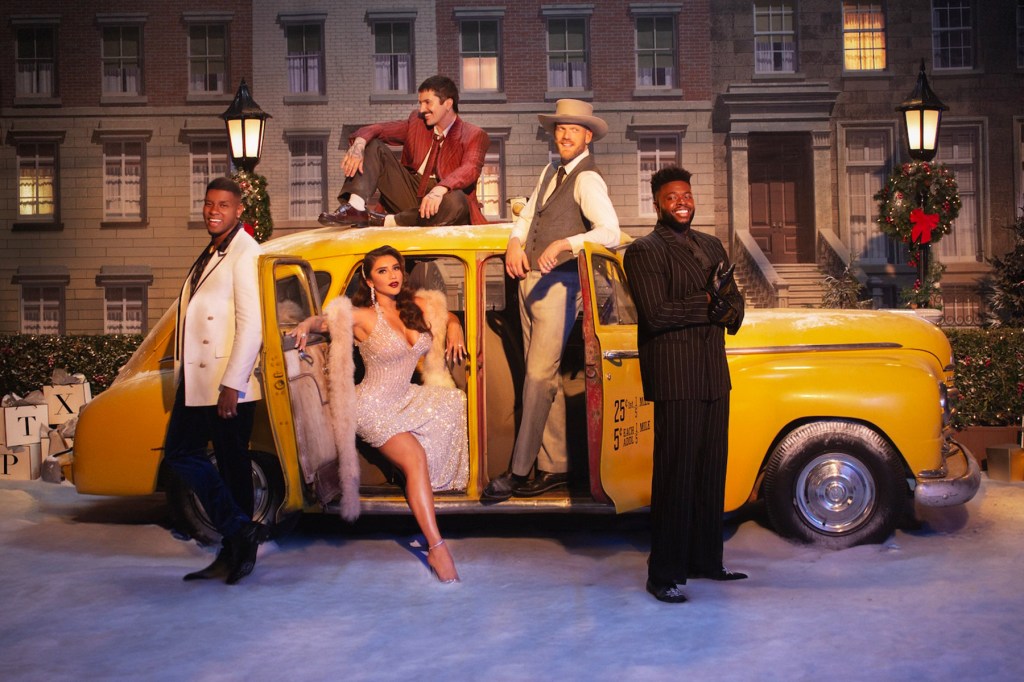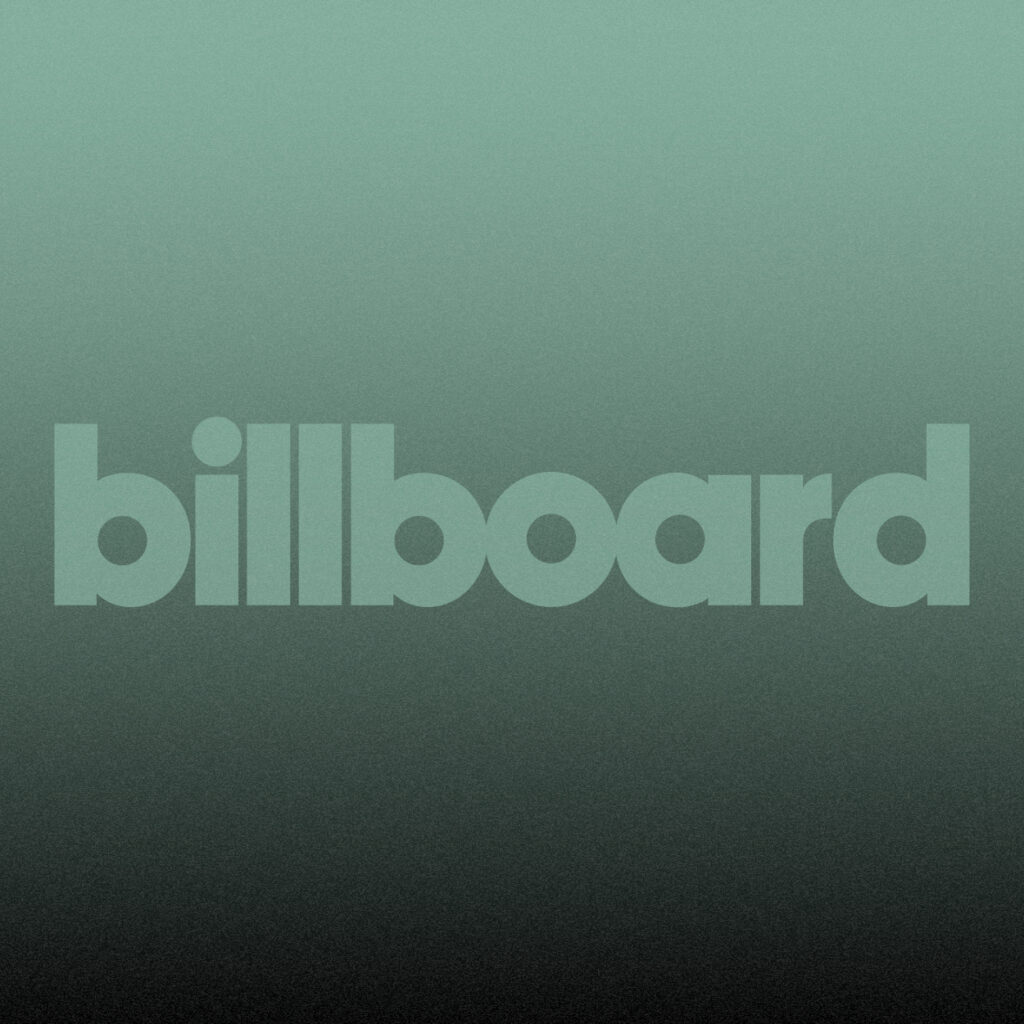‘All Country Sounds the Same’ — 9 Factors Making That Tired Old Trope Obsolete
Written by djfrosty on December 5, 2022

Critics who complain that all country music sounds the same should check out the artist rosters at the genre’s most successful labels, teeming with what appears to be a broader range of artists than at any time in history.
Warner Music Nashville (WMN) recently signed Giovannie & The Hired Guns, a rock band with country and Tejano shadings; and Madeline Edwards, whose blend of country storytelling with pop and R&B sonics is an engaging test of stylistic boundaries. Big Machine’s 19-year-old Kidd G fuses twang and hip-hop with a rebel flare. And Universal Music Group’s Boy Named Banjo and The War and Treaty weave bluegrass/Americana and soul/gospel elements, respectively, into their own left-of-center takes on country.
The proliferation of boundary-pushing artists for the future represents a distinct philosophical change for Nashville labels who historically have played it safe, routinely stocking their rosters with acts that fit established norms. In one of the most-derided examples, country followed its golden era of the early 1990s with “hat acts,” overloading the system with male country artists whose sound and imaging were clear attempts to copy the successes of Garth Brooks, George Strait and Alan Jackson.
“We tend to chase the path of least resistance,” Universal Music Group Nashville (UMGN) president Cindy Mabe says. “A lot of times there’s money that follows that, but what happens is you end up alienating audiences that don’t want to hear just that. There has to be more than one thing happening, [with] appeal for more than one audience. That’s how we grow.”
This expansive approach to rosters is part of an uphill climb for country music, which was considered a Southern-based niche genre for rural white audiences in its infancy. Over time, the size and location of that audience has changed — it remains a dominant force in farming communities across the United States, though its largest fan cluster is likely in the suburbs.
A ream of cultural, technological and organizational changes have required the business to rethink its parameters, widening the potential definition of the format as well as the makeup of its target audience.
“Things that might have been considered left of center, even just two years ago, would be considered more mainstream now,” says WMN senior director of A&R Stephanie Davenport, “because I think our fan base’s horizons have broadened quite a bit.”
Indeed, new and recently developed acts across rosters include trap-country figure Blanco Brown (Broken Bow), pop/R&B-flavored Tiera Kennedy (Valory), bilingual duo Kat & Alex (Sony Music Nashville), piano-based/pop-influenced Ingrid Andress (WMN), multigenre singer/songwriter BRELAND (Atlantic/WMN), moody and elegant music-maker Sam Williams (Mercury Nashville), rock-shaded Elvie Shane (Wheelhouse) and rock-/hip-hop-threaded Lily Rose (Big Loud).
Plenty of developments influenced that level of musical fence-busting:
• Country’s wide-ranging sound: The current chart accommodates Carrie Underwood’s arena-rockish “Hate My Heart,” Kane Brown’s slow-jammin’ “Thank God” and Parker McCollum’s solid country “Handle on You,” so there’s precedent for roster variety. “There’s been a lot of diversity of sound on country radio, and the things that you hear back-to-back-to-back are more varied than you’d hear on top 40,” says WMN senior director of A&R Rohan Kohli. “So I think the signings are a reflection of the diversity that we’ve been hearing for a while.”
• The proliferation of radio chains: When country stations were locally owned, management tended to be more provincial about the genre. Now that chains frequently have programmers overseeing four or more formats, radio is more receptive to artists such as Jelly Roll or Dan + Shay working beyond their home base. “A big hit for one of those executives is something they’re going to be aware of,” says Big Machine Label Group president/CEO Scott Borchetta. “You don’t have to go and reeducate everybody because it’s the same people.”
• DIY technology: With budding artists able to learn music-making at home and promote themselves on social media, a la UMGN’s Priscilla Block, they arrive in the business with built-in knowledge that makes them less apt to bend to accepted norms than previous generations. “We don’t try to fit any of our artists into a box,” Kohli says. “We tell them to go make the music, and we’ll follow it.”
• Digital consumption: Streaming sites have given the consumer easy access to music on country’s margins, allowing fans to find outside-the-box artists such as Corey Kent or Bailey Zimmerman, while they’re still indie acts, forcing labels to be more nimble in reacting to the marketplace.
• Precedent-setting change artists: A wide range of acts — from Willie Nelson to Chris Stapleton to Florida Georgia Line — have made the mainstream bend to their style instead of conforming to the format’s preexisting sound. The genre has been rewarded for pushing the limit in the past: Sound-alikes, as in the hat-act era or the bro-country era, have actually hurt the format, and the business is more committed to widening the playing field instead of just staying inside of it.
• Better inner-division cooperation: Music can still get lost, but the Nashville offices of major labels and publishers are generally working better with coastal pop divisions. That means greater potential for nontraditional acts, which also makes them less risky to sign.
• Expanding demographics: Music Row is more interested than ever in expanding its core audience, intent on attracting more young fans and minorities, especially Blacks and Latinos. In particular, the increase in Black artists — most of whom blend country and R&B influences — means more acts are stretching the sound of the genre.
• Faster trends: In the entire 1980s, country had two trends: the Urban Cowboy movement and New Traditionalism. The last 10 years have seen bro-country, Motown country, boyfriend country, ’90s retro country and, now, the lightly produced, gruff Yellowstone country (think Warren Zeiders and Zach Bryan). The format changes quicker than ever, and labels have to be prepared to shift with it. “If you don’t diversify in some regard, you’re going to have to scrap a whole roster really quickly,” Mabe says. “You have to have a vision of where you’re going.”
• The next big thing: While ’90s-style country and Yellowstone country are current, labels are already looking to the future, unpredictable as it is. “We always are fighting to stay on the edge of what’s next,” Borchetta says. “You want to be early, you want to figure out if there’s more to it than just a TikTok moment. You’re always looking for the next one that has all the right parts and pieces or could grow the right parts and pieces.”
Ultimately, those new artists are stepping into a genre that already has consistent hitmakers with Luke Combs, Miranda Lambert and Keith Urban. Thus, predicting the format’s future direction is only part of the challenge; the new acts also have to be capable of making a difference when matched against the genre’s established voices.
“New artists are competing against artists who’ve had many, many No. 1s,” Davenport says. “It’s not enough to have a good story. You have to have the best story as new artists.”
Subscribe to Billboard Country Update, the industry’s must-have source for news, charts, analysis and features. Sign up for free delivery every Monday.

 State Champ Radio
State Champ Radio 





